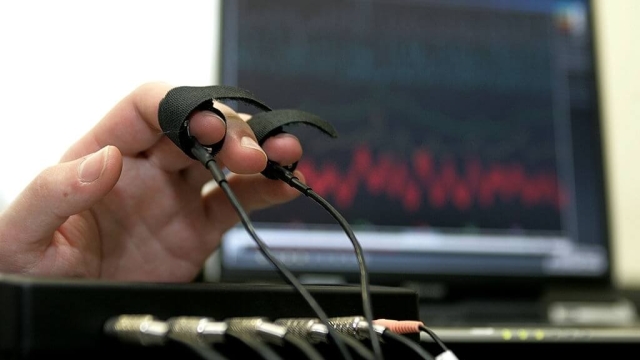
Welcome to a fascinating exploration of the intriguing realm of lie detector tests. These tests have captivated our collective curiosity for decades, offering a glimpse into the intricate workings of human deception. The idea of a machine that can purportedly detect lies with scientific precision is both alluring and controversial, raising profound questions about truth, honesty, and the very nature of our communications.
Lie detector tests, also known as polygraphs, have been utilized in various settings, from criminal investigations to employment screenings, as a tool to uncover potential deceit. It is the intersection of psychology, physiology, and technology that gives these tests their distinct aura of mystery and authority. The very concept of measuring physiological responses such as heart rate, blood pressure, and perspiration to determine the veracity of spoken words exemplifies the convergence of science and human behavior in a most compelling manner.
History of Lie Detector Tests
Lie detector tests, also known as polygraph tests, have a long and intriguing history. The concept of trying to determine if someone is telling the truth by measuring physiological changes dates back to the late 19th century.
One of the first recorded uses of a lie detector-like device was in 1895 by Italian criminologist Cesare Lombroso. Lombroso’s device measured changes in blood pressure to determine deception during police interrogations.
In the early 20th century, the modern polygraph machine was developed by American psychologist John Augustus Larson. Larson’s polygraph measured changes in heart rate, blood pressure, and respiratory rate – laying the foundation for the lie detection tests commonly used today.
How Lie Detector Tests Work
Lie detector tests, also known as polygraph tests, operate on the principle that changes in a person’s physiological responses can indicate deception. These tests typically measure various physiological parameters such as heart rate, blood pressure, respiration, and skin conductivity to determine if someone is being truthful or not.
During a lie detector test, the individual is asked a series of questions while the sensors connected to them record their physiological responses. The examiner then analyzes the data collected during the questioning to look for patterns of physiological reactions that may indicate deceptive behavior.
While lie detector tests are widely used in various fields such as law enforcement and employment screenings, it’s important to note that these tests are not foolproof and can be influenced by various factors such as anxiety, stress, or medical conditions. Despite their limitations, lie detector tests can provide valuable insights when used alongside other forms of investigation.
Accuracy and Controversy
When it comes to the accuracy of lie detector tests, opinions are divided. Proponents argue that when conducted by skilled professionals, these tests can be a valuable tool in determining deceptive behavior. However, critics point out that the reliability of lie detector tests can be influenced by various factors, such as the individual’s psychological state and the specific questions asked.
One of the main controversies surrounding lie detector tests is their admissibility in court. While some jurisdictions allow the results of these tests to be presented as evidence, many legal experts question their validity and argue that they are not always reliable indicators of truthfulness. This has led to ongoing debates about the ethical implications of relying on lie detector tests in legal proceedings.
Lie detector test
Ultimately, the debate over the accuracy and reliability of lie detector tests continues to spark controversy among experts in the field. While advancements in technology have made these tests more sophisticated, questions remain about their effectiveness in real-world situations. As researchers and practitioners strive to improve the techniques and methodologies of lie detection, the discussion surrounding the use of lie detector tests is likely to persist.
















